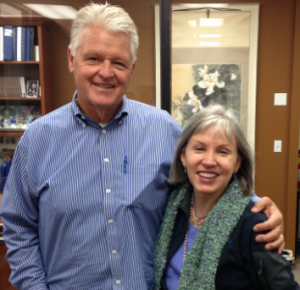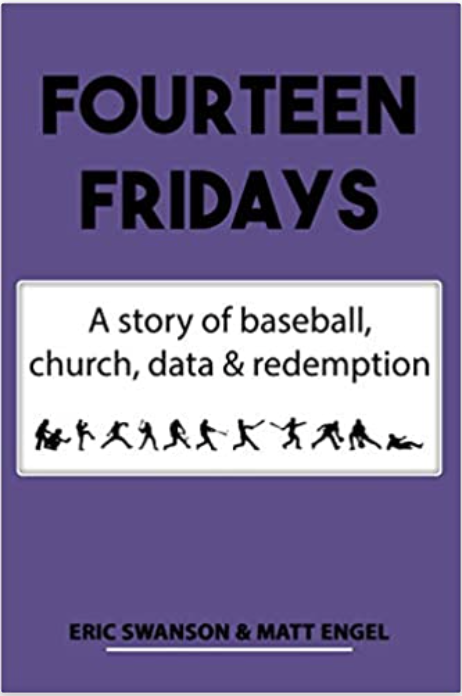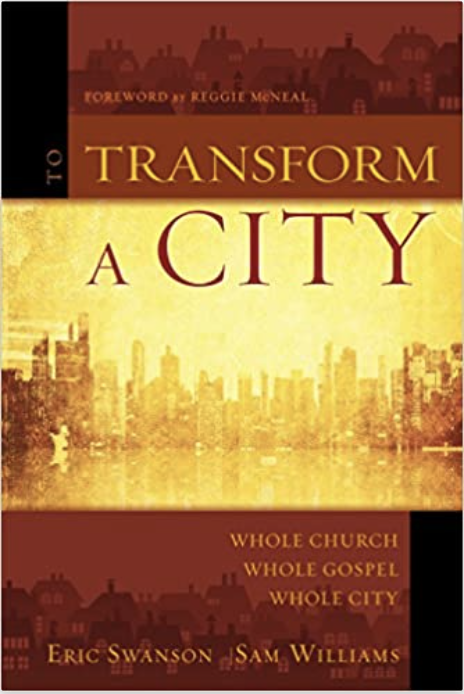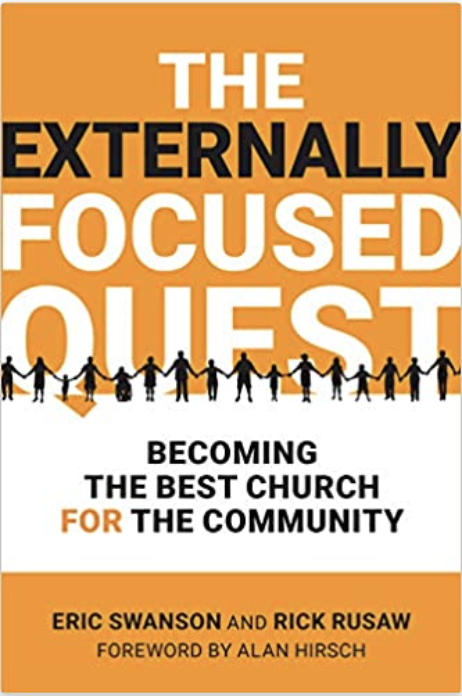How St. Patrick would exegete a city
 A few weeks ago I spent a couple of delightful hours with Dr. Lauren Speeth, director of the Elfenworks and Director of the Center for Nonharming Ministries. Lauren is a fellow-graduate of Bakke Graduate University, an accomplished author, thought-leader and activist. She is one of the most original and refreshing leaders I have met in the past several months. The best gift Lauren gave me during our time together is her construct for conversation called S.H.I.P (Spiritual-Holistic Inquiry Process) built around St Patrick’s Lorica, which in part includes these words:
A few weeks ago I spent a couple of delightful hours with Dr. Lauren Speeth, director of the Elfenworks and Director of the Center for Nonharming Ministries. Lauren is a fellow-graduate of Bakke Graduate University, an accomplished author, thought-leader and activist. She is one of the most original and refreshing leaders I have met in the past several months. The best gift Lauren gave me during our time together is her construct for conversation called S.H.I.P (Spiritual-Holistic Inquiry Process) built around St Patrick’s Lorica, which in part includes these words:
Christ with me,
Christ before me,
Christ behind me,
Christ in me,
Christ beneath me,
Christ above me,
Christ on my right,
Christ on my left
Lauren developed this into a wonderful touch points for meaningful conversations. After we talked about cities and our shared desire to understand and love our cities she posted this on her blog site–using the Lorica to exegete the city. I think it is a refreshing and insightful approach. Thank you Lauren:
City /sit?/ – Noun: An area of dense human population that has mass and permanence and that meets basic human needs, such as for work, housing, education and recreation.
Cities are as diverse as flowers. Some cities, such as Los Angeles, sprawl so widely that most residents depend on cars. Others are so compact that residents never leave a few short blocks. And when we look closely at any city, we see there is diversity within, as well. Each neighborhood will have its own history, amenities, shops, entertainment and attractions. Within every city are the rich and the poor, alike. As population pressures intensify and cities grow more polluted and congested, one response is the vertical “city within a city” community skyscraper efforts, such as Shanghai Tower. The idea is to bring the fresh air, gardens and other amenities into a self-contained, regulated microcosm… to those who can afford it.
Many of us want to be involved in bringing about lasting, positive and measurable change to cities. The “city transformation” movement rests its foundation on the desire to bring lasting, positive and measurable change to cities. The first key step: gathering knowledge about the city, or City Exegesis (exegesis is another word for formal analysis). Urban planners, ministers committed to transformation, civil servants and others invested in a city’s future need knowledge, in order to make smart choices.
Just as there are many dimensions to cities, there are also many methodologies for analyzing cities. Here is one method we hope will help you to understand your city better: the S.H.I.P. method. It considers seven key areas, taking a holistic view:
S.H.I.P. City Analysis
1. IN – MIND BODY WELLNESS. Applied to Cities, the questions that arise are: How lively are the arts, What amenities are available? How well does public transit provide for the needs of residents? What is the condition and availability per capita of parks and recreation? What is the state of housing, homelessness, hunger, addictions, education of residents, inequality? How is the air and water quality? What is the responsiveness of city services?
2. ON – RELATION TO ROLE & RESPONSIBILITIES. What role does this city play in country, and the world arena? In the United States, Los Angeles is a leader in storytelling, Silicon Valley is a leader in innovation and technology, San Francisco is a tourist destination, New York is a financial center, and so on.
3. AROUND – CONNECTEDNESS & SUPPORT. Does the city have a “sister city” elsewhere in the world? Does it have connections with other cities in the country? Is it highly supported by the government? Are there other ways in which it is connected? On the level of the residents, are they stable or mobile, and do they experience their lives as isolated or well connected?
4. ABOVE – RELATION TO THE TRANSCENDENT. How vibrant is the spiritual community in this city? How would you characterize the flavor? For example, some cities are more rebellious, and express an interest in alternative spirituality, with residents tending to identify as “spiritual but not religious.” In cities with large swaths of historically rejected groups, such as the LGBTQ community, there can be a painful sense of alienation and fracture.
5. BELOW – RELATION TO FAMILY ROOTS. What is the connection with the historic ancestry of the founding fathers and mothers of the city? Is it a source of healthy self-identity, or self-loathing?
6. BEHIND – SELF NARRATIVE / PERSONAL PAST. What story does the city tell itself, about itself? Is it a tale of survival, of overcoming hardship, of being young and restless, or something else entirely?
7. BEFORE – OUTLOOK, RESILIENCY OF HOPE. How do all the previous six areas of city health combine into an organic whole, and what is the sense of that whole. Optimistic? Filled with hope? Consider the feeling of San Francisco in the Gold Rush or the psychedelic ‘60s, versus Detroit between 1950s and the 1990s, when the city lost 25% of its population during deindustrialization.
Find this post and more of Lauren’s insights at: http://nonharmingministries.








